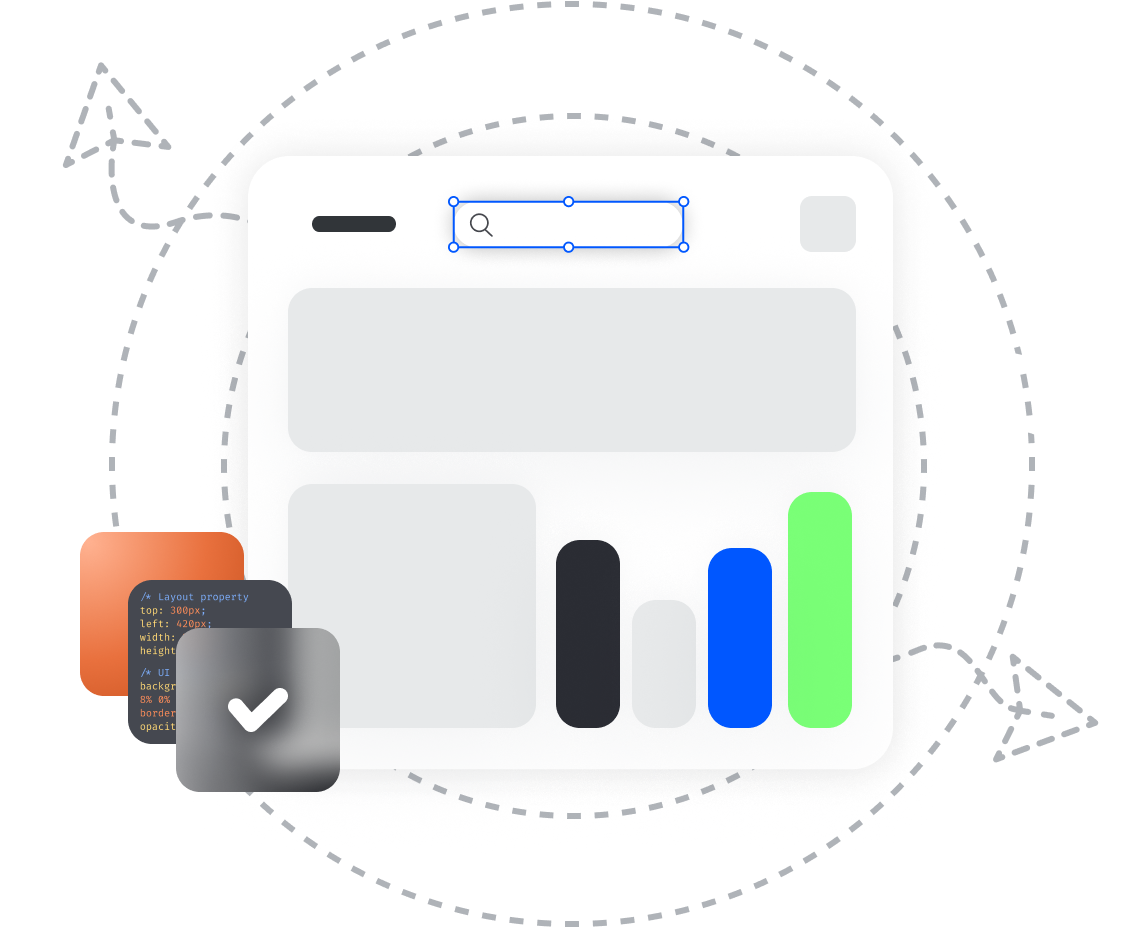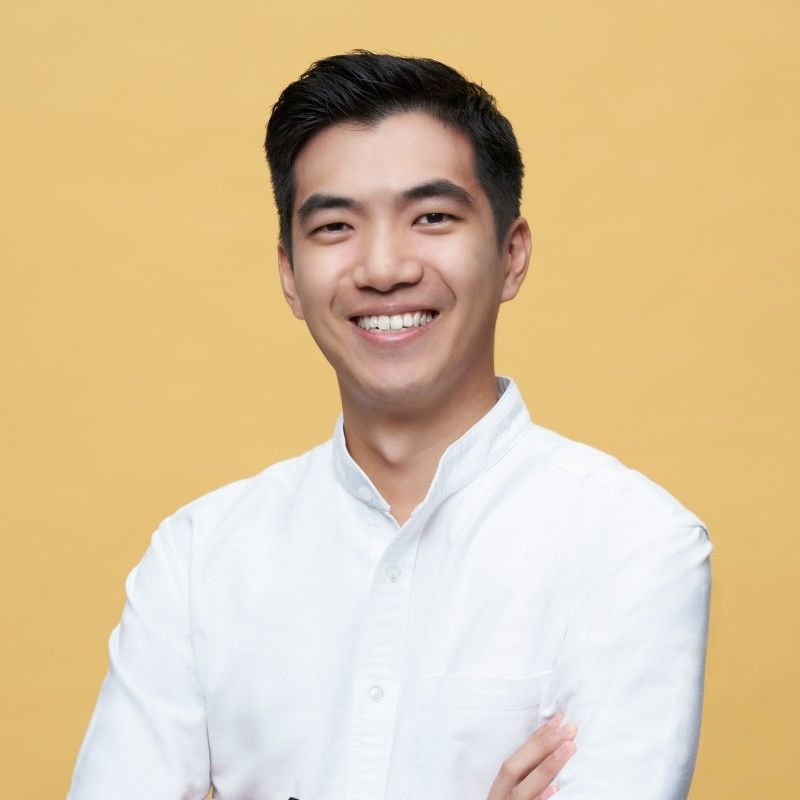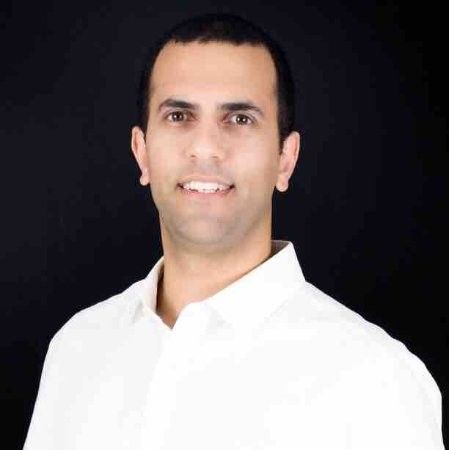Flutter vs Xamarin

According to Statista, the current number of smartphone users in the world today is 3.8 billion, and this means 48.37% of the world’s population owns a smartphone. Most of these smartphones run on three popular platforms: Android from Google, iOS from Apple, and Windows Mobile from Microsoft.
For a long time, mobile app developers have depended on tools tied to a single platform. The development of native applications is time-consuming and expensive because you need two separate teams, two codebases, and more maintenance efforts. Thereby, cross-platform mobile development applications are great alternatives as they reduce the life cycle of the application development, maintenance costs, and provide the code (97%) that can be shared across various platforms.
There are many cross-platform development tools out there today, but in this article, we'll focus on two frameworks: Flutter and Xamarin. We have prepared a comparison of the main characteristics of these tools along with their advantages and disadvantages. So, if you are wondering, “Which platform should I use?”, we’ve got you covered.
Flutter and Xamarin Overviews
Flutter and Xamarin are cross-platform frameworks for building mobile applications using a single code base. Let’s move on to a description of each platform.
Flutter
Flutter is one of the most popular open-source frameworks that offers one code base a developer can use to create Android or iOS mobile applications that give a native feel. Flutter utilizes Dart - an object-oriented language developed by Google. Mobile applications developed with Flutter are used by Google, Groupon, Alibaba Group, Tencent, Hamilton Musical.
This Google’s SDK comprises ready-made widgets, reusable UI elements (sliders, buttons, text elements) that can be personalized. However, if you need different styles for different operating systems, then some work needs to be done since there is no automatic adaptation. This is due to the fact that instead of native components, Flutter uses its own rendering engine. On top of that, this platform offers a Hot Reloading function, which means that developers can add a new code without rebuilding. Besides, with Flutter, you can release applications for different versions of Android and iOS.
Xamarin
Xamarin is an open-source framework based on Microsoft technology. Xamarin uses the language C#, allows sharing of up to 95% of code, and it is natively compiled, so it is a great option for creating high-performance apps that will be run on Android, iOS, and Windows. Such applications as The World Bank, Storyo, Olo have been built with Xamarian. Xamarin is free to use for teams of less than 5 people. For commercial use, developers must buy a license. Xamarin has two main tools: Xamarin.Android/iOS and Xamarin.Forms. Xamarin.Forms contains elements that are fully compatible with all platforms; this framework allows developers to create prototypes or applications as quickly as possible.
Xamarin alternatives are React Native, Ionic, Swift, Flutter.

A Head-to-Head Comparison of Flutter and Xamarin
- Performance
Xamarin performance depends on the type of open source cross-platform framework used: Xamarin.Android, Xamarin.iOS, or Xamarin.Forms. Xamarin.Android/iOS offers good optimization thanks to native components, but Xamarin.Forms performance is decreased compared to Xamarin.Android/iOS. As for Flutter, it demonstrates high performance thanks to the modern Dart engine. Overall, in terms of performance, Flutter occupies the leading position.
- Developer productivity
Xamarin provides mature development tools (e.g. Microsoft Visual Studio IDE) and it is easy to use. Unfortunately, Flutter doesn’t reach the Xamarin level. Developers should learn to adopt new Flutter concepts as the app complexity grows. Besides, Dart doesn’t have enough support in IDEs and text editors. So, if fast development is your priority, use Xamarin.
- Community support
Though the Flutter community is growing fast (about 39% of software developers use it worldwide), it still lacks sufficient resources the developers can use. Xamarin has a huge community with enormous support because it is one of the oldest cross-platform mobile app development frameworks.
- Popularity
According to the 2020 Stack Overflow survey, Node.js is the leader. Speaking of Xamarin, only 5.8 percent of customers used this tool compared to Flutter’s 7.2 percent.

Flutter vs Xamarin: Pros and Cons
Both Flutter and Xamarin have unbeatable advantages that make them perfect options for projects with different demands and goals. However, still they have some demerits that should be considered. Below we will dive into these technologies’ strong points and downsides.
| Pros | |
|---|---|
Flutter
|
Xamarin
|
| Cons | |
Flutter
|
Xamarin
|
Conclusion
Each tool has its characteristics and before choosing the necessary framework, consider all the tasks, scalability of the project, and its final goals.
When to choose Flutter
If you know Dart, want to scale an app across various platforms, look for high performance and cost-effective solutions, then choose Flutter.
When to choose Xamarin
If you are using the C# programming language, want to get the maximum benefits of native tools, great performance, and a smooth user experience, then Xamarin is the way to go.

Yojji successfully delivered the project within schedule. They demonstrated excellent project management via weekly sprint demos and promptly made adjustments based on the client's feedback. Their responsiveness and collaborative attitude were key elements of their work.

5.0
Yojji was an instrumental part of the client’s team, working closely with them to achieve the product’s success. The team was very collaborative and timely, and their performance was amazing. Additionally, their resources were experienced, professional, and enjoyable to work with.

5.0
Yojii is impressive both in quality of development work as well as their commitment. Strong focus on delivery, highly technical personnel, flexible approach that allows for rapid development. Strong processes that allow for solid controls.

5.0
We’re very happy with the way that Yojji works, which is why we’ve spent so much money and engaged them for such a long time. We treat them as employees in regard to responsibilities and expectations, and they haven’t disappointed us.

5.0
As a company, we find Yojji to be excellent development partners - we cannot recommend them more highly and will be very happy to continue working with them in the future.

5.0
They are really nice people with excellent technical backgrounds.

5.0
We used Agile project management methodology and were in contact with the team and project manager daily.

5.0
They all had a super positive outlook and were dedicated to getting the work completed to a high standard.

5.0
Yojji has delivered an accessible product with thorough consideration for the client's requirements. Users have commented on the platform's user-friendliness and speed. Moreover, the team is easy to communicate with and provides frequent updates. Their development and design skills are impressive.

5.0
